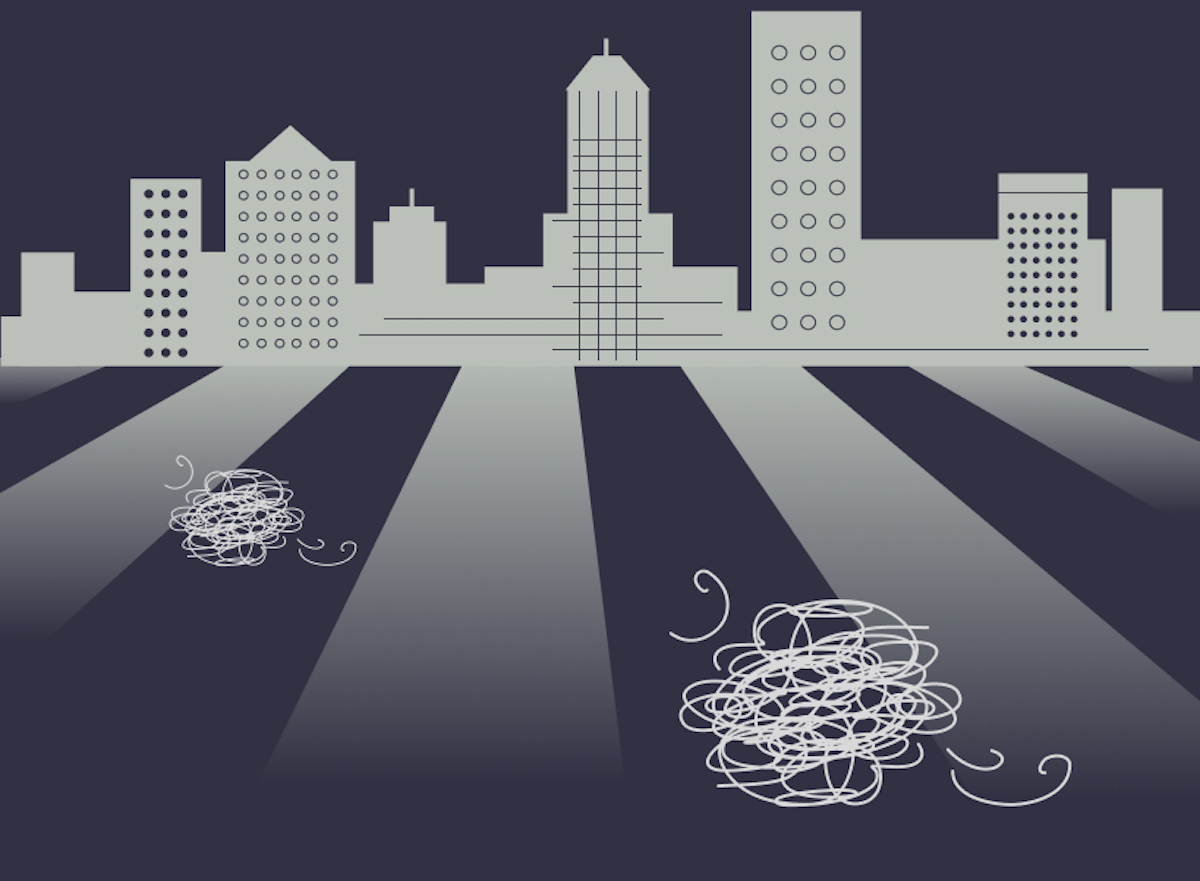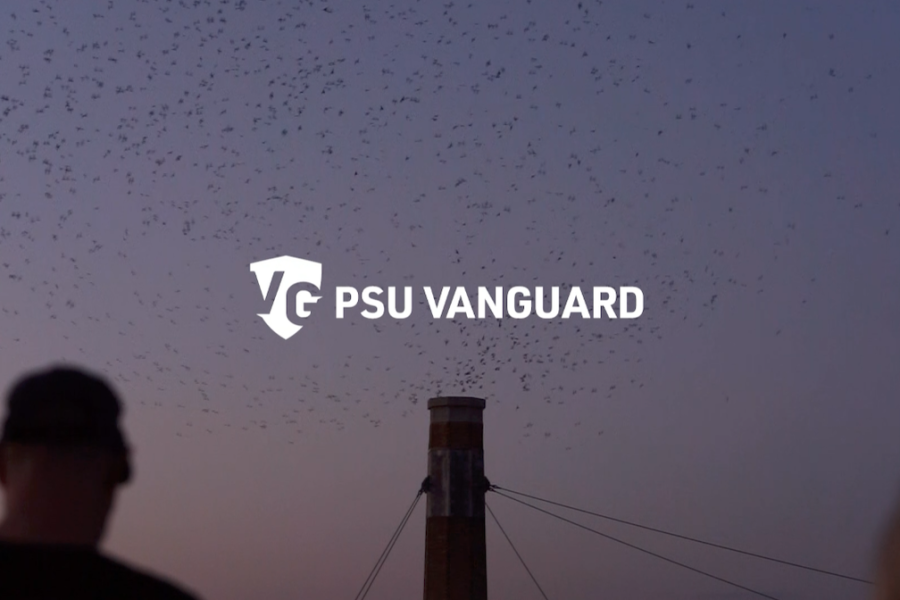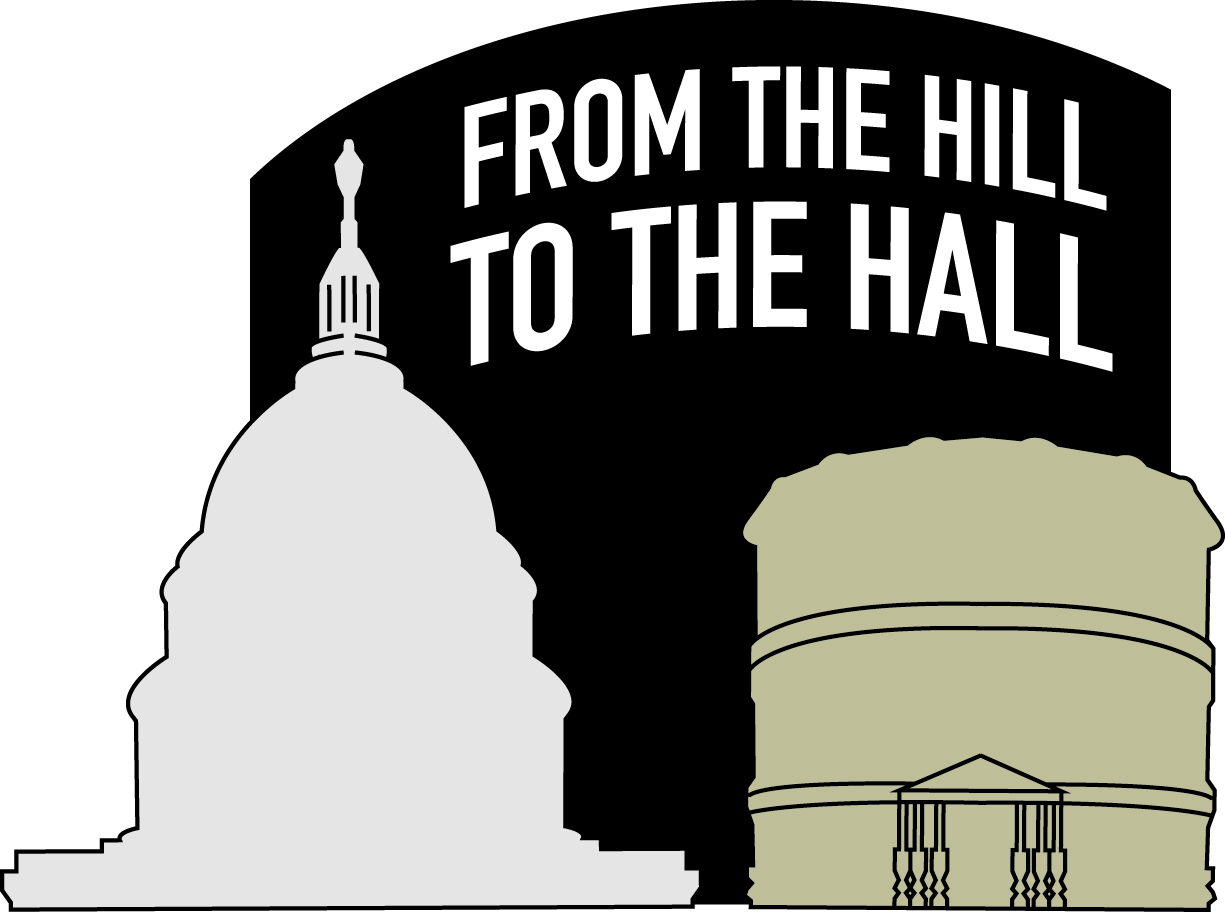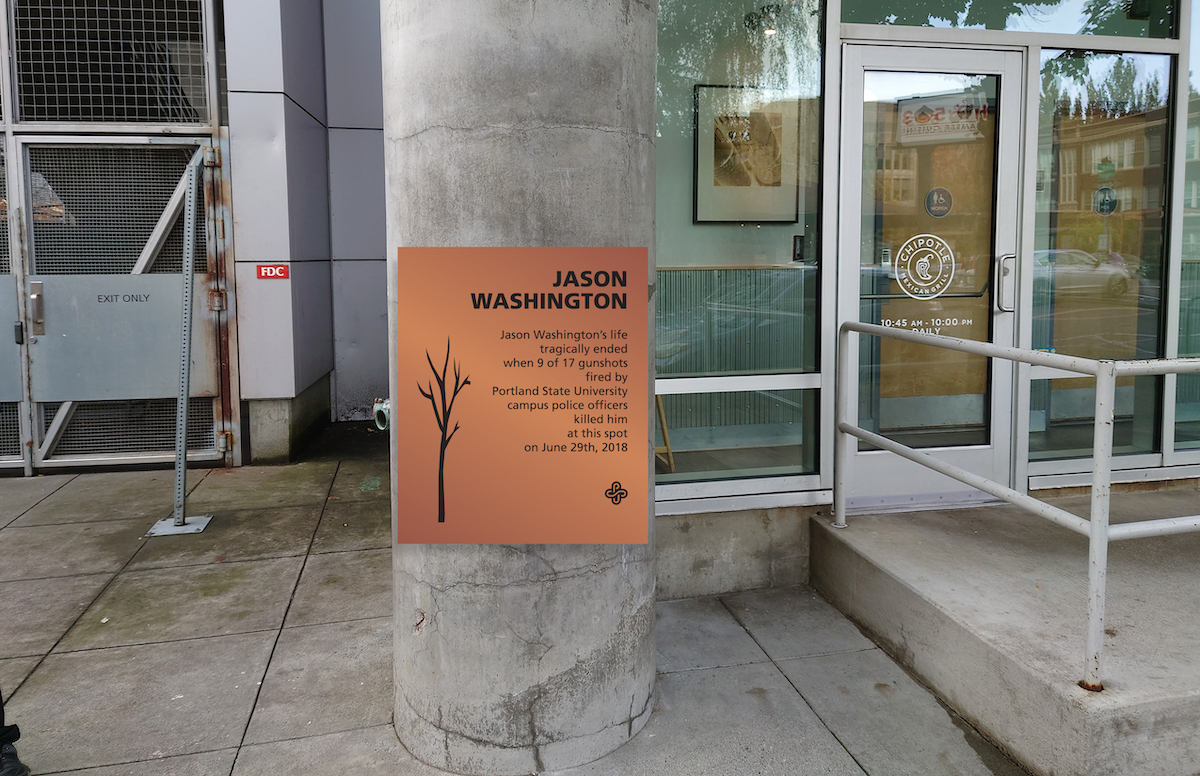A study of 62 cities conducted by researchers from the University of California, Berkeley has found that Portland is one of the slowest cities to recover its original pre-pandemic foot traffic. The study measured foot traffic across multiple cities by observing points of interest in downtown locations gathered from data on people’s cell phones. The study compared the progress of cities across the United States and Canada, and expressed its findings as a percentage of how much foot traffic has returned to its pre-pandemic size. For example, if a city had a recovery of 50%, that city has half the traffic it had prior to the pandemic.
Portland, as of May 2022, has a recovery rate at 41%. This is a noticeable increase in recovery compared to fall at the start of the pandemic in 2020, which was in the mid-low range of 30%, and a sizable increase from the lowest recovery rate of 28% in Dec. 2020.
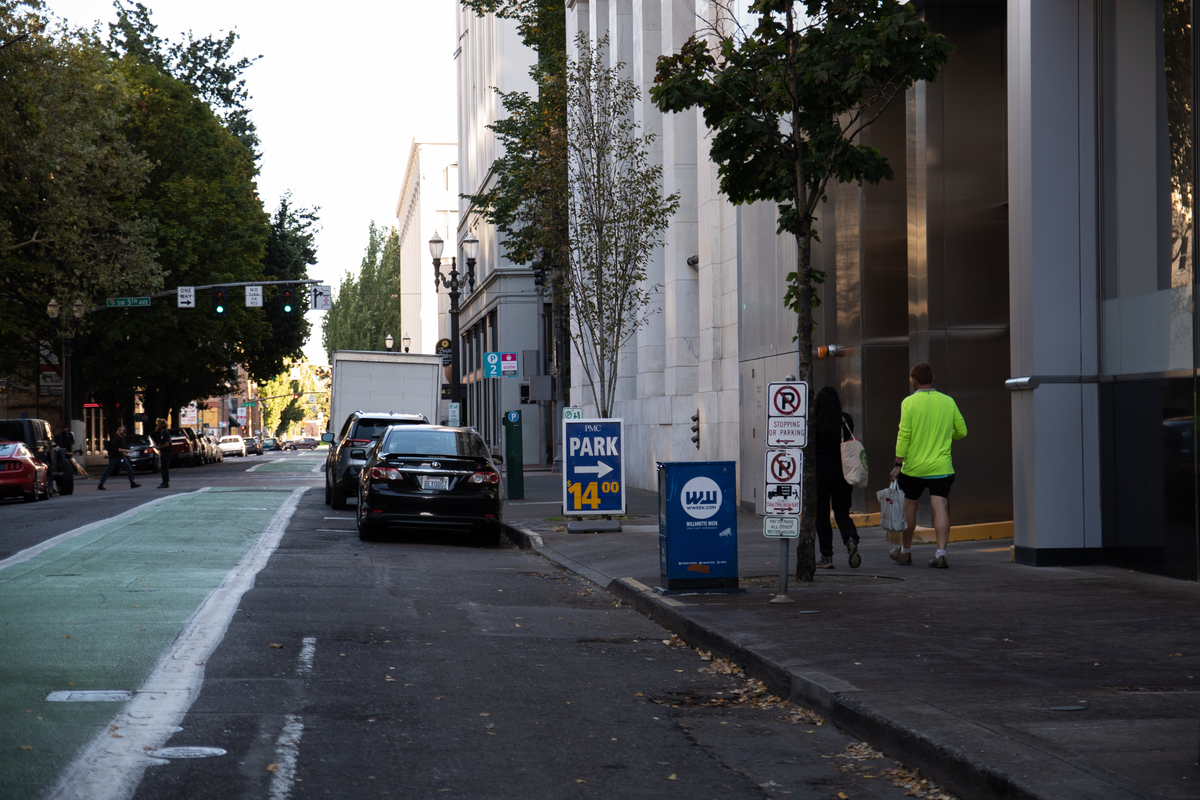
While this growth is certainly an improvement, Portland is still lagging. Across the cities in the U.S. and Canada, Portland is in the bottom third of city rankings—and often the bottom quarter when measuring the recovery rate of traffic in the downtown area. Portland’s recovery rate of 41% places itself at third place for the lowest recovery rate among the cities being measured, and the second lowest in the Pacific area just behind San Francisco.
Portland had a high recovery rate right at the start of 2020, but as the pandemic began to spread and became a more prominent issue across the country it became a race to achieve as low of a recovery rate as possible to reduce the spread of COVID-19. The next few seasons were a success for the city, as Portland managed to reduce its foot traffic to just shy of a third of the pre-pandemic traffic. The recovery rate then increased by nearly 10% around spring of 2021 when the first COVID-19 vaccines became more available to the public. However, with the exception of a spike in recovery in the fall of 2021, Portland’s recovery rate has consistently remained in the high 30s and low 40s.
Portland remains one of the lowest achieving cities when it comes to retaining its pre-pandemic foot traffic, with only the cities of Cleveland and San Francisco ranking lower as they struggle to get their cities back to the size they used to be. By contrast, a few cities have a recovery rate of more than 100%, meaning that they have more downtown foot traffic than before the pandemic. Generally cities with a lower population density have had more success, with Salt Lake City’s population density being 1,744 persons per square mile and San Francisco’s 18,581 persons per square mile compared to Portland’s 4,795 persons per square mile.
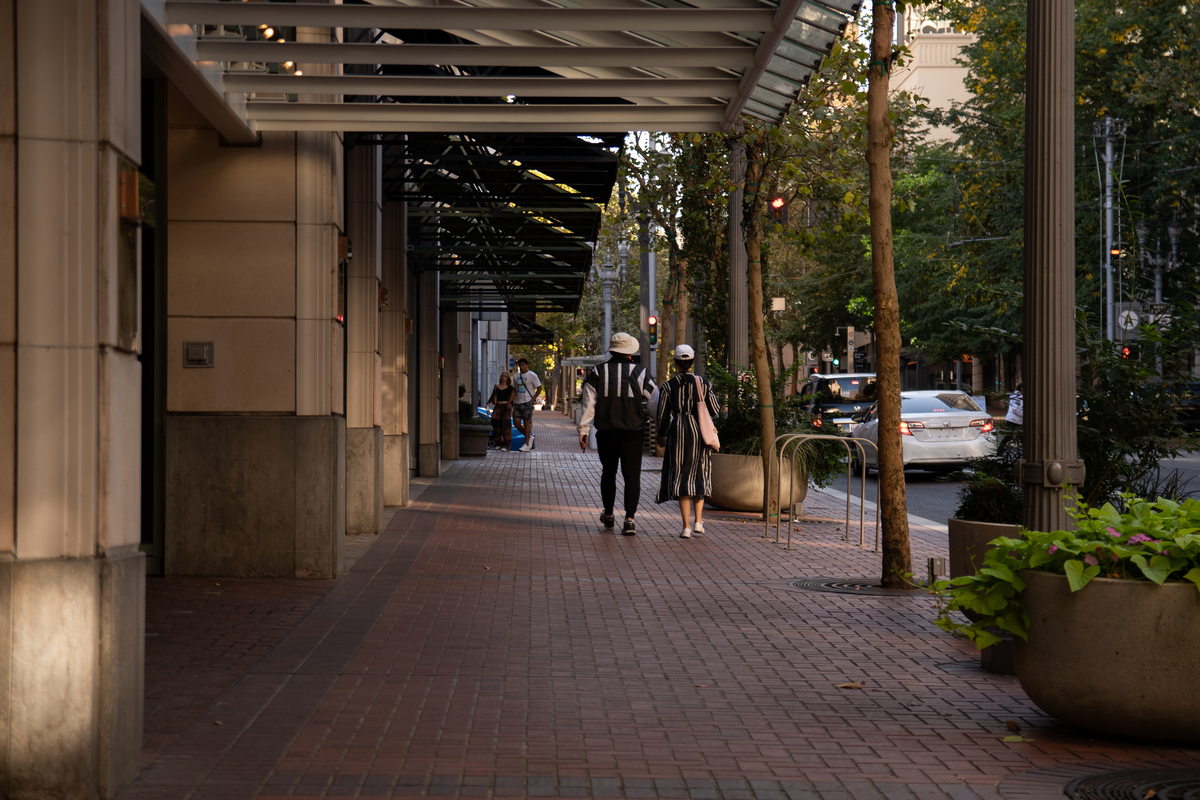
While the ideal number of people in a city is a matter of individual opinion, as far as businesses are concerned, bigger is better and more is more. In the wake of the pandemic, downtown Portland just isn’t getting the foot traffic that used to sustain many of its local small businesses. This leaves businesses in a tough situation, where they have to consider either closing for good, leaving for a new area or braving the business challenges of Portland having just under half the foot traffic that it used to have.
“Intuitively, less foot traffic is going to mean less business downtown,” said political science professor Dr. Joshua Eastin, whose work focuses on the consequences of economic underdevelopment. “Less businesses can open their doors downtown.”
Downtown Portland has already had instances of stores leaving the area, often citing the lack of foot traffic. In March 2022, jewelry store owner David Margulis spoke to KATU news about closing his business, describing Portland as a “ghost town.” More recently, in an August interview with KPTV, comic book store owner Jason Leivian commented that he has “waited two years” for traffic to come back so he can have customers at his store.
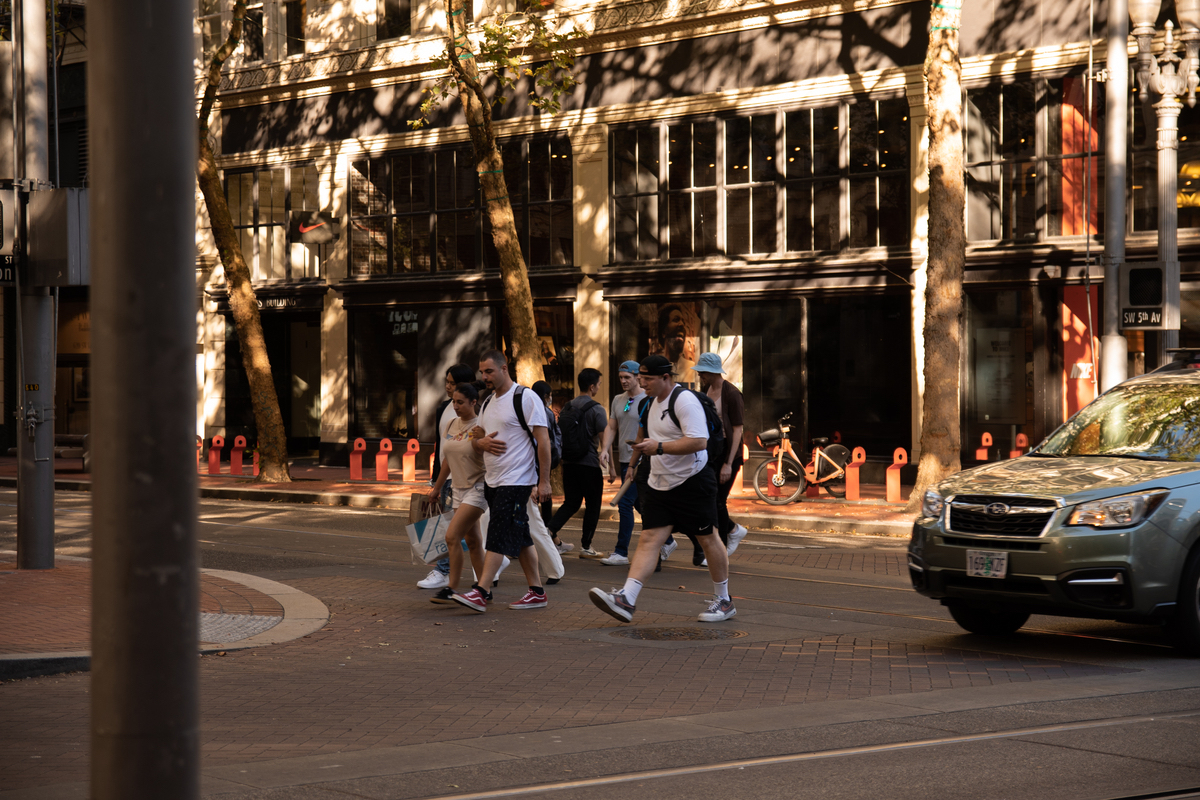
Dr. Eastin said that when he moved to Portland in 2013, downtown Portland was “dynamic economically and seemed to be growing.” But as he continued to add, the pandemic, in addition to protests which received nationwide media attention following George Floyd’s death, have been compounding factors in reducing foot traffic. In addition, Portland’s downtown has developed a reputation of being an unsafe part of the city. Last year in May, The Oregonian published an article describing the results of a poll that asked 600 Portland residents to describe the city in three words of their choosing. “Dirty,” “homeless” and “riots” were the leading words used to describe downtown Portland in the poll.
“I think people are less comfortable coming here at night,” said Barbara Mason, who works for the Waterstone Art Gallery in the Pearl District. Mason recalled a recent potential trip to Washington where her friend suggested taking a train but expressed hesitation at having to come back to Portland at night.
“Well, I don’t want to come back to Union Station late at night… so I’m not gonna do it,” Mason said of her concern for her safety in Portland. When asked specifically if she thought Portland’s reputation has been damaged in recent years, she replied with, “Of course. You had people getting shot at and pepper sprayed… I certainly wasn’t coming down here [downtown].”
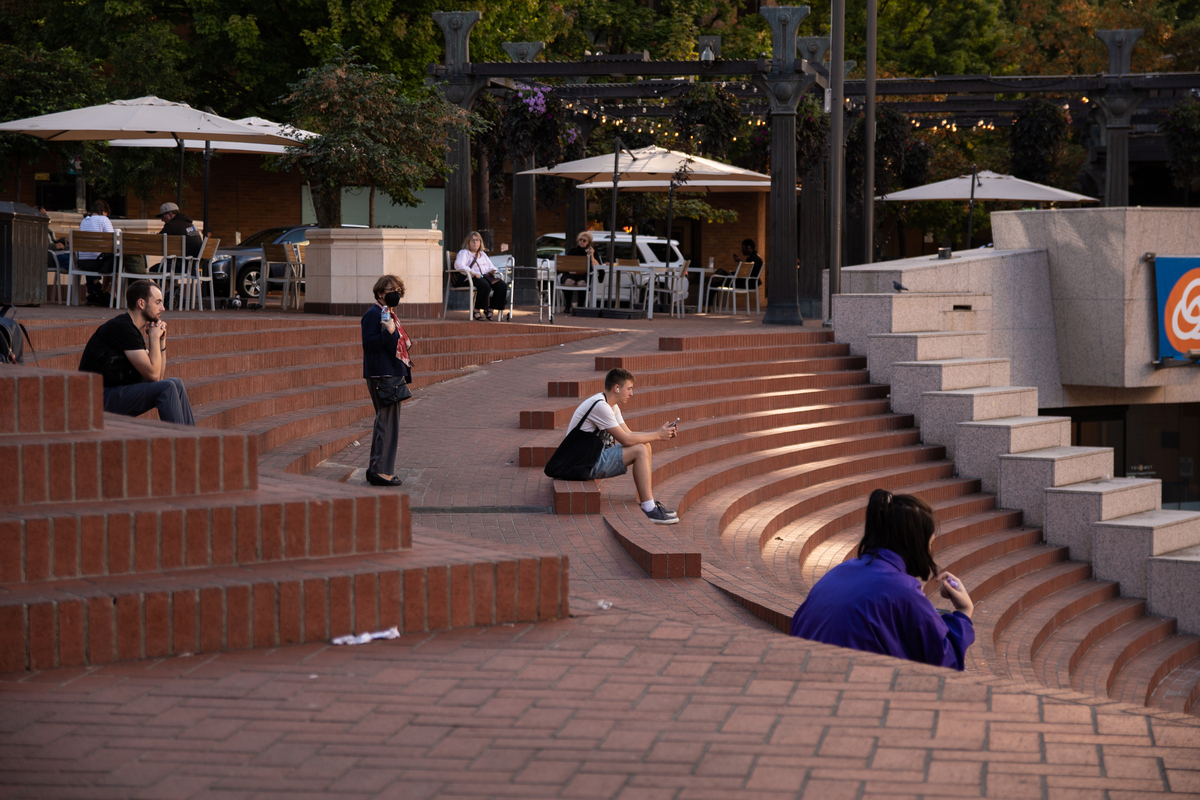
Regardless of the actual level of risk, downtown Portland’s reputation of being unsafe dissuades people from going downtown out of fear for their safety, which consequently leads to less foot traffic overall.
“Without security, people don’t have the capabilities to engage in the market or economic life,” Dr. Eastin said. “You have to make them feel safe and you have to make them feel secure… all of these things need to happen before you see a return to economic life.”
Portland’s lack of recovery growth spells out more difficulty for downtown economic vibrancy as time passes, because the problem could have cyclical repercussions. Downtown businesses closing due to a lack of foot traffic is ultimately a “chicken and egg” situation, where downtown businesses are closing due to a lack of foot traffic resulting in a further loss of incentive to come to the area.
“It becomes a self-reinforcing cycle,” Dr. Eastin said. “The lower the traffic, the fewer the business, the lower the attraction for more traffic, it reinforces a negative feedback.”
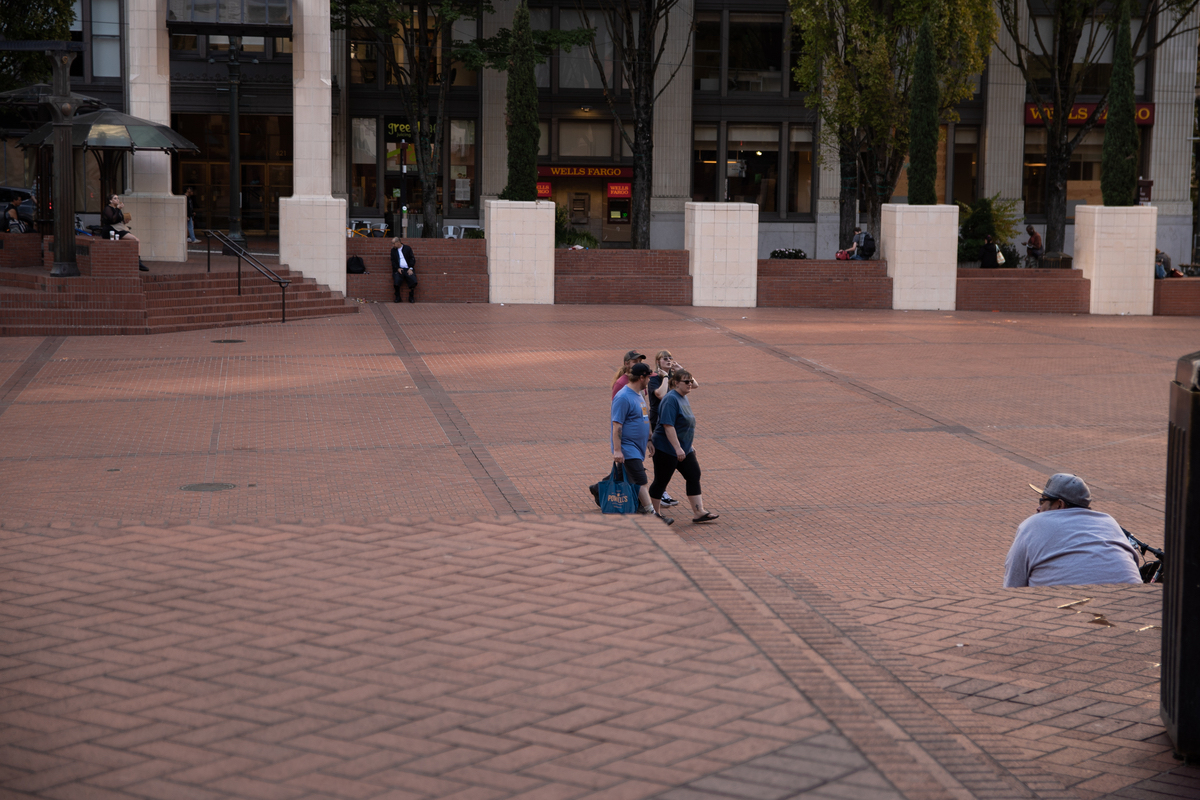
The businesses that likely suffer the most from a lack of foot traffic are the ones that bring a sizable amount of walk-in business, such as restaurants or other service industries where the goods or service cannot be replicated online. While Portland’s race to regain lost foot traffic over the years has been sluggish, the people Vanguard spoke to were generally optimistic about Portland’s downtown gaining activity back.
Mason said that she is seeing more and more people coming back to the Portland area and into the art gallery. “I think we’re on the way to recovery and there’s no question about it… we [the gallery] were closed for a few months and gradually it’s coming back,” she said. “I recently had people from Ohio and earlier today I had people from Los Angeles. People are traveling again.”
“I’m excited for the new year to come… sales have gradually been coming up as times have gone by,” said Jason Kwon, who works for the Dosirak food cart outside of the Portland State campus. He said that Portland sees a resurgence of traffic every fall season, likely due to an influx of incoming PSU students in the downtown area. “Most food carts that I know personally schedule vacation around summer… because we’re so close to PSU and most of our customers are students,” Kwon said. The past two years have shown the fall season is the highest in foot traffic for downtown Portland, followed by a decrease in the winter season. With luck, a resurgence of improving foot traffic will be a source of economic relief for the city of Portland, as businesses hope to find themselves with new customers and a reason to stay.

